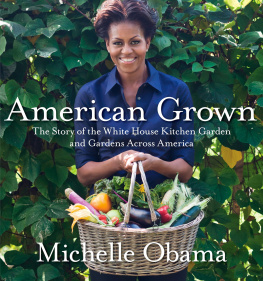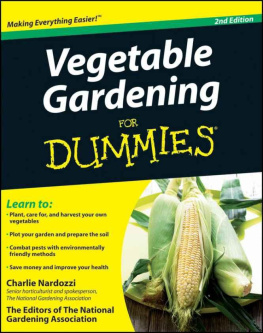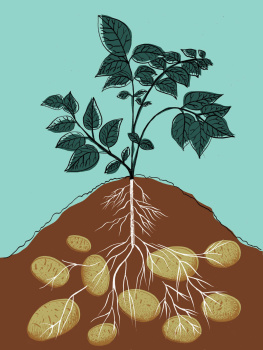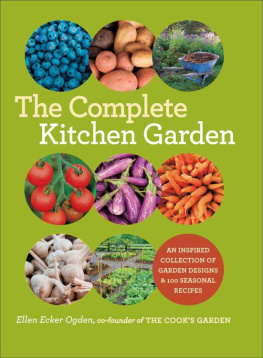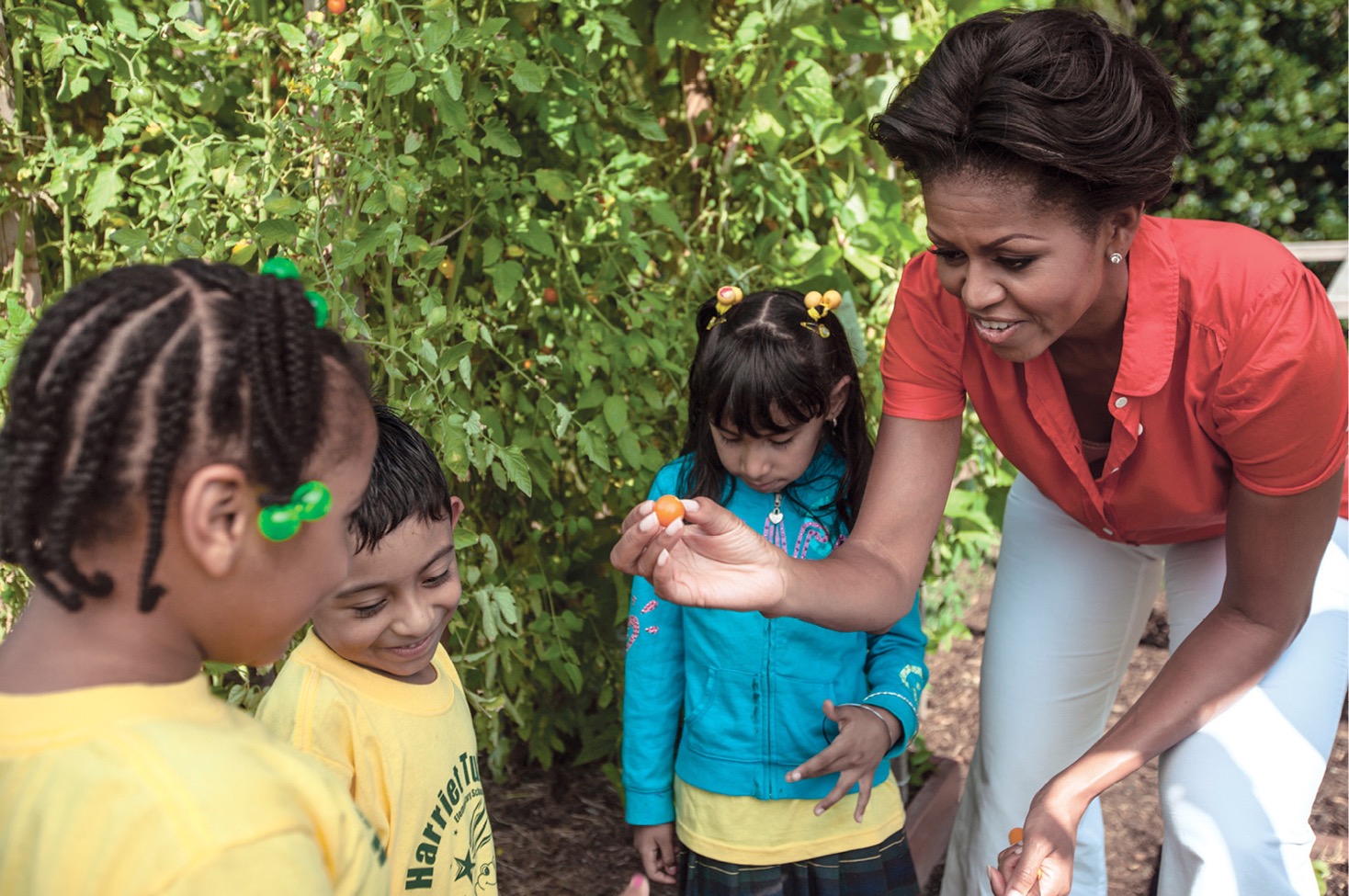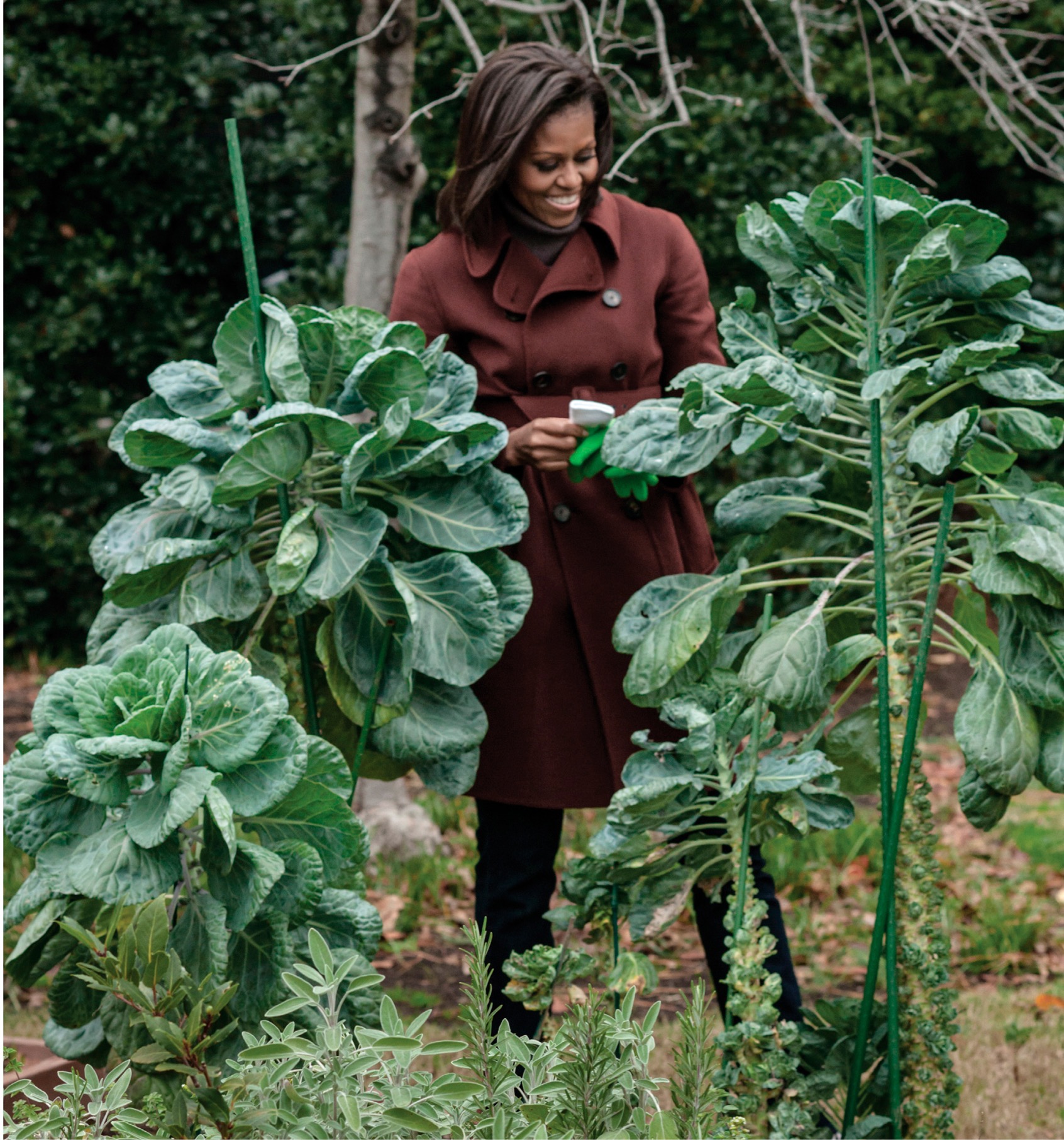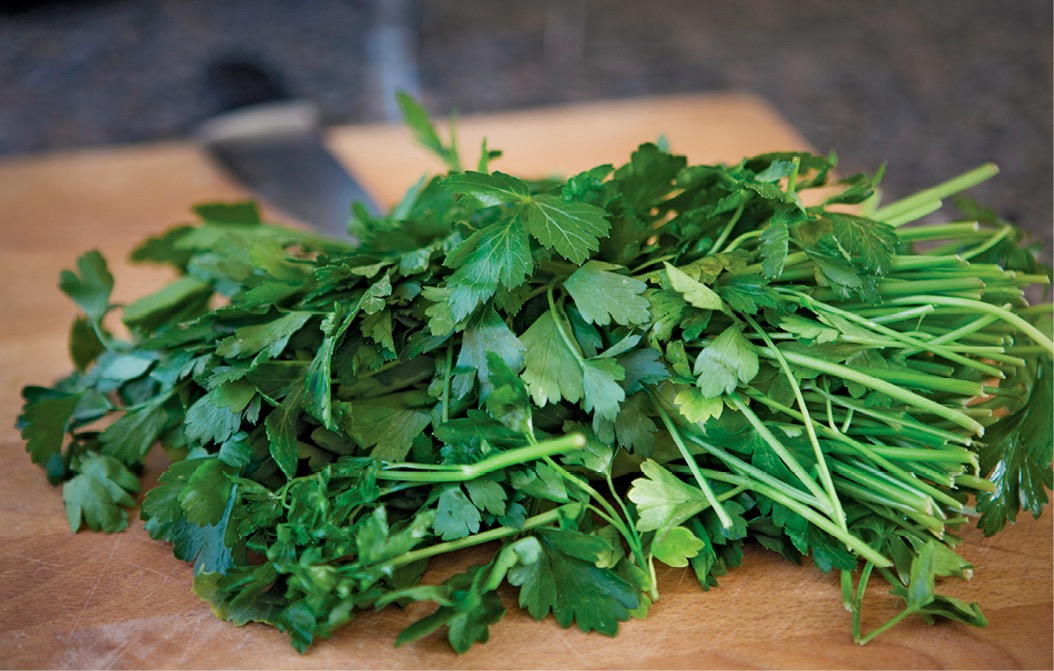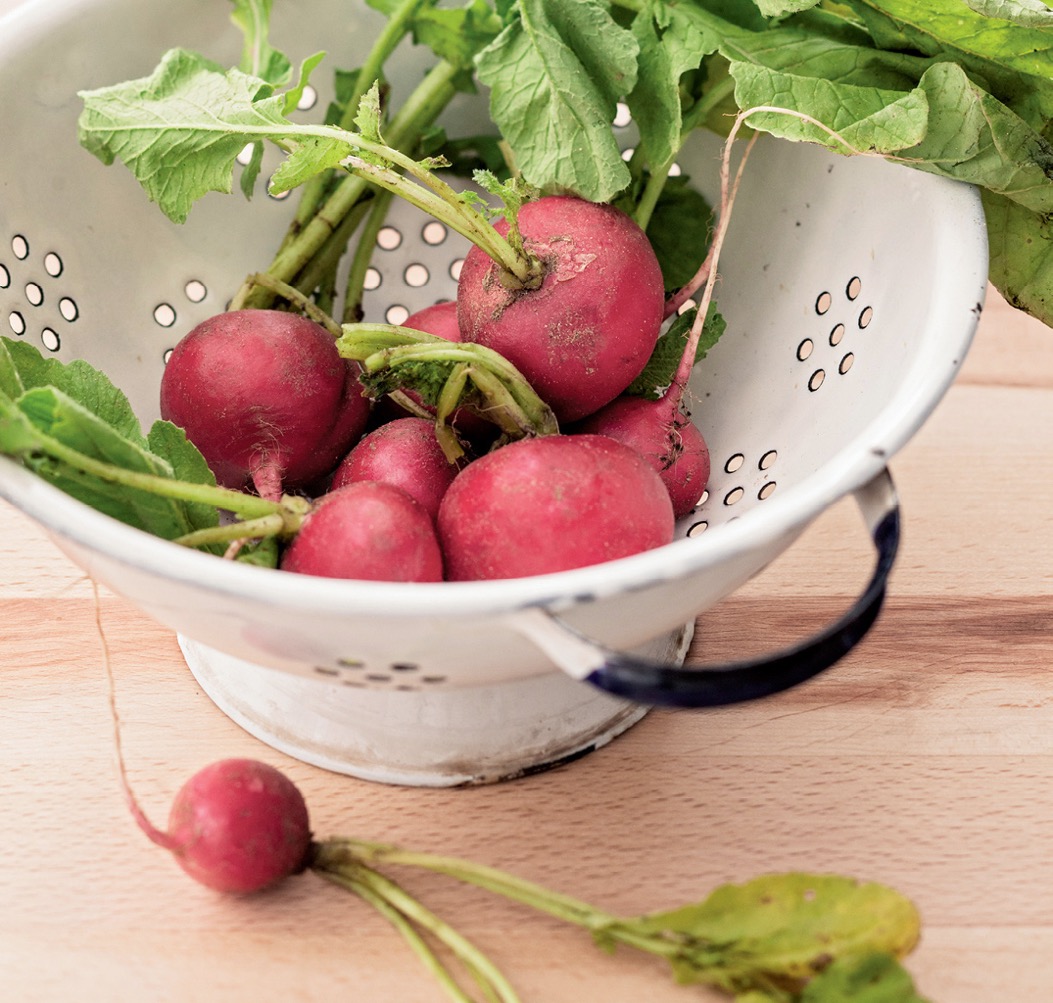Conclusion:
The Seeds We Have Planted
Every week, I get letters from kids and from schools asking about our garden and telling us about their own gardens and their own efforts to eat healthily. It makes me especially happy to receive letters like the one I received from the Avoyelles Public Charter School, which read, We are inspired by your examples of planting a garden at the White House and encouraging children to eat healthy and exercise. Here in Mansura, Louisianaagainst all odds with no budgetwe started an Edible Schoolyard. Enclosed were pictures of the kids, one with a handwritten caption that read, It all starts with a seed.
That, more than anything, is the message I hope to convey with this book. So often, gardens start with so littlea few neighbors who want to reclaim an empty plot, a family that wants to put healthier meals on the table, a school that wants to teach kids how their food is grown. But the impact our gardens have on our livesand the life of our nationis anything but small. Whether its a few plants in the backyard or on the windowsill, a small garden near the town center, or a vast tract of land with crops as far as the eye can see, year after year, season after season, gardens bring individuals and communities together. They provide fresh, nutritious food for our families. They inspire and engage our children, teaching them the value of hard work and teamwork and showing them just how delicious food can taste when its fresh from the vine.
For me, planting a garden was a way to help start a national conversation about the health of our children, an issue I care deeply about, not just as First Lady but as a mother. Its an issue I often think about as my family sits down for dinner. Barack, Malia, Sasha, and I eat together pretty much every night at 6:30 p.m.; even if Barack is traveling, he always tries to make it back home in time for dinner. We start our meal by saying graceand our grace always ends with We hope we live long and strongand we talk with our daughters about whats going on in their lives, and in ours. Some nights, we discuss issues theyve heard about in the news. Other nights, we talk through situations theyve encountered in the classroom or on the playground, and we strategize about how to navigate the complicated world of elementary and middle school friendships. Many nights, as I look at my children, I think of my hopes for themand for all our children: that they grow up healthy; that they have the energy, strength, and stamina to build families and careers of their own; that they can pursue every last one of their dreams and fulfill every last bit of their potential.
Whether its sitting down for that family dinner, growing a tomato out on the stoop, or just taking our kids for a walk in the park, we all have a role to play in building this future for our children. Each of us has the opportunityand the responsibilityto begin planting those seeds in our families and communities. And on behalf of our children, I hope that each of us, in our own way, will take up this charge.
Garden Highlights & Recipes
SPRING GARDEN HIGHLIGHTS
Tips from Executive Chef Cris Comerford
Peas: Peas are rich in protein and fiber. Use a minimal amount of water when cooking fresh or frozen peas to help preserve their vitamin C. Frozen peas are a great choice all year round, but fresh peas have a unique flavor. Select pods that are firm, velvety, and smooth, with a bright, medium green color. Avoid puffy pods or any that have a rattling sound; fresh peas are tightly packed. Fresh peas should be stored in the refrigerator and will keep for several days.

Lettuce: Darker-colored lettuces have more nutrients. Look for lettuce with no signs of wilting, slimy leaves, or spots. Lettuce needs refrigeration to stay fresh and keeps well in airtight plastic bags. Iceberg lasts the longest at up to two weeks. Romaine will keep for up to ten days; butterheads keep four to five days. Loose greens should be eaten sooner. When washing greens, do not rip them into smaller pieces before you run them under the water because the leaves will lose their nutrients. Instead cut or tear them after you dry them.

Rhubarb and Strawberries: Strawberries have one of the lowest sugar contents of all fruits. Rhubarb is also low in sugar, and its high in calcium and vitamins. When selecting rhubarb, choose fresh, crisp stalks. Peel off any fibrous strings, and cut off any leaves (which are poisonous) as well as the ends of the stalk. with the leaves removed, you can store the stalks for up to three weeks in sealed plastic bags before cooking. For strawberries, choose the plumpest, most fragrant berries. Small and medium berries tend to be sweeter and juicier. Strawberries keep best in an open container or colander. Dont wash them until you are ready to use. Most berries should be eaten within one to three days.
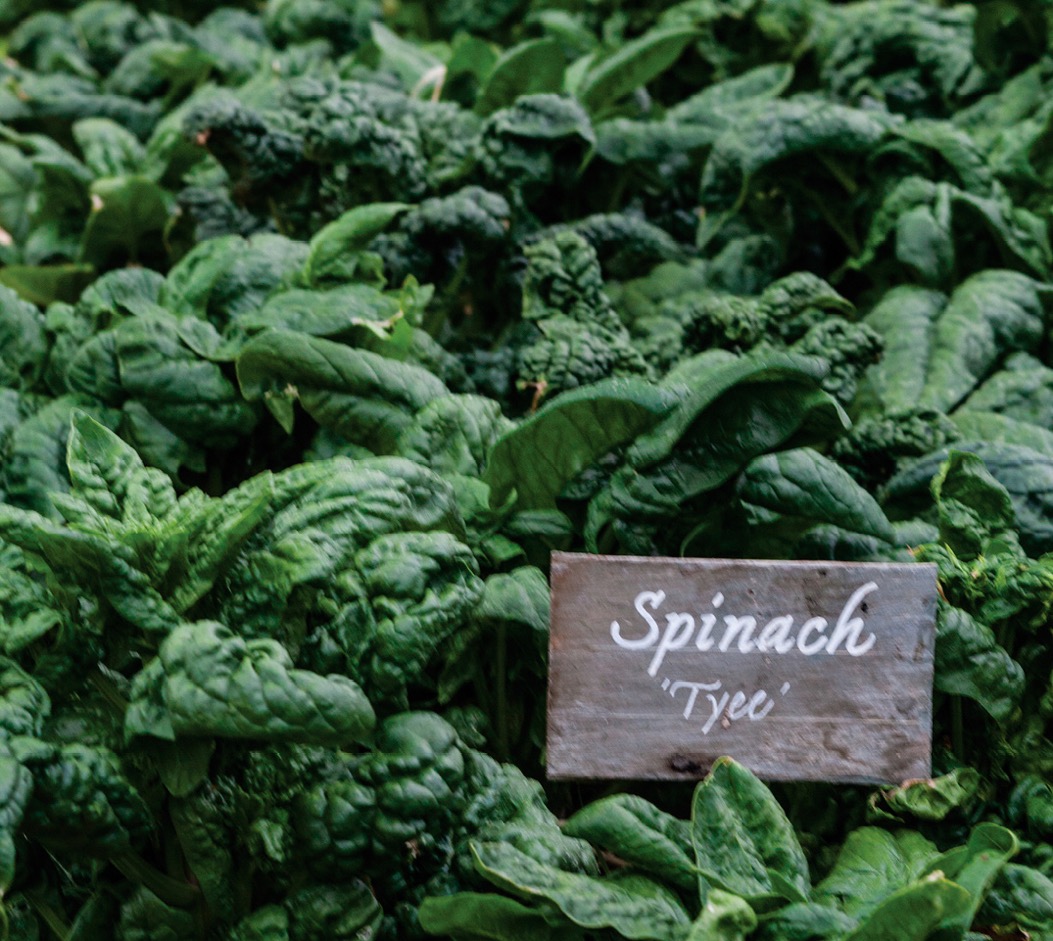
Spinach: Spinach leaves come in two varieties, flat or curly, and can be eaten raw or cooked. Although spinach grows best in Washington, D.C., in the spring or fall, it is available in stores all year round. If you cut the outside leaves of a spinach plant, its inside leaves will continue to grow. Fresh spinach should be lightly dried and stored unwashed in the refrigerator in a sealed plastic bag for three to four days. Make sure you wash fresh spinach several times thoroughly before eating to remove any dirt and grit.
Parsley: Parsley plants will reappear in the garden season after season. Parsley is best stored in the refrigerator, where it can keep for up to twenty-one days. Wash and drain it and then keep it in a sealed container or a bag with a paper towel or cloth underneath to help control moisture.
Radishes: Most Americans eat radishes raw in salads, but they can also be cooked, and they can serve as a substitute for turnips in some recipes. Choose firm radishes with good color and no cracks. Remove any green tops before storing because the tops will siphon moisture and nutrients from the radishes. Radishes keep best wrapped in a moist towel and stored in a plastic container in the coldest part of the refrigerator, where they can remain fresh for at least a week.
Next page
